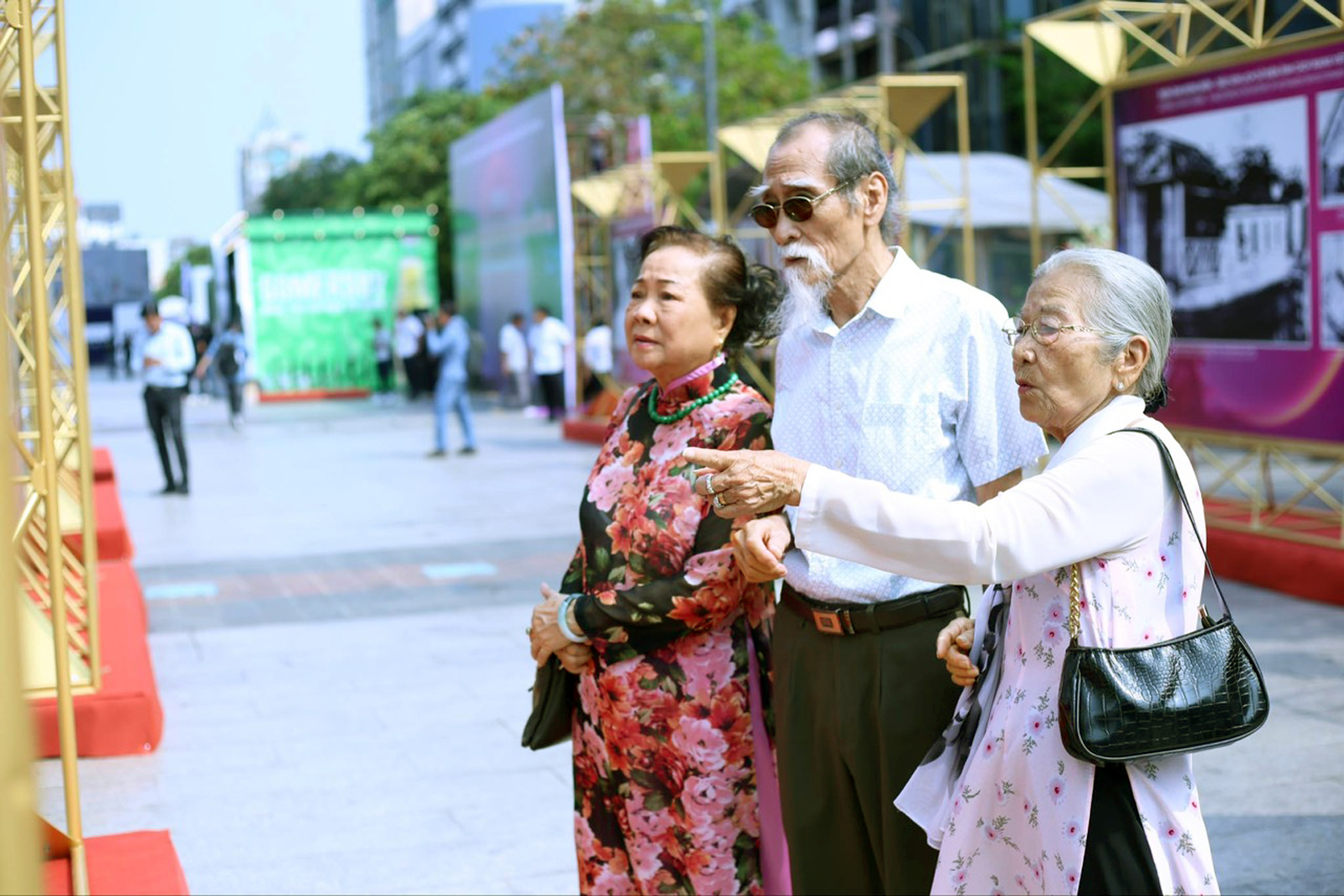From April 6 to 13, 2024, the 1st Ho Chi Minh City International Film Festival took place. As part of the program, an international seminar on the development of cinema in HCMC was held, with participation from both domestic and international filmmakers. Professor, Ph.D., and author Trinh Quang Phu presented a paper during the seminar. We are pleased to share an excerpt from his remarks.
We are living in an era of profound global integration. Solidarity and friendship are fundamental principles—prerequisites for every nation to thrive in the 21st century. With integration comes access to markets, and with integration comes growth. Integration is not only vital for economic development but also for the advancement of culture.
Ho Chi Minh City, the largest metropolis in Vietnam, plays a leading role in driving national progress. Its residents come from all corners of the country and include Vietnamese expatriates from around the world, representing nearly all 54 ethnic groups of Vietnam. As a result, the city’s cultural landscape is incredibly rich and diverse, embodying the essence of the nation as a whole.
Currently, the city is benefiting from pilot mechanisms for development. I firmly believe HCMC will shape a strategic and optimal roadmap for international integration, thereby fostering the growth of culture, literature, and cinema.
 |
| Meritorious Artists Manh Dung and Phi Dieu viewing the exhibition “77 Glorious Years of Revolutionary Vietnamese Cinema” at the 1st Ho Chi Minh City International Film Festival – Photo: Diem My |
The city's culture and cinema will rapidly integrate and develop in step with the times, provided there are mechanisms in place to let them take flight. Film management scholars have affirmed the significant position and role of cinema. As a scientific researcher and a writer, I understand that cinema is a sophisticated art form — a harmonious convergence of literature, poetry, music, painting, and drama — brought to the public through the talents of screenwriters, directors, and actors. Therefore, if culture is the soul of a nation, then cinema is the soul of that soul.
When cinema takes off and becomes a leading cultural industry, it will serve as a powerful engine to elevate human consciousness and stimulate economic growth, especially in tourism. Cinema is a bridge that connects people across borders. In other words, cinema is a global ambassador — an envoy without boundaries. It carries a pioneering mission and plays a crucial role in promoting a nation’s image. We recall how Indochine introduced the world to the enchanting beauty of Ha Long Bay The Quiet American partially evoked the old charm of Saigon; Yellow Flowers on the Green Grass brought visitors to Phu Yen; and Kong: Skull Island stirred global fascination with the mystical caves and breathtaking landscapes of Ninh Binh and Quang Binh. The Story of Pao captivated audiences with its poetic and majestic portrayals of the mountains and forests in Ha Giang.
More recently, A Tourist’s Guide to Love delighted viewers by showcasing Vietnam’s stunning scenery and rich cultural heritage through the journey of a foreign female tourist traveling from Ho Chi Minh City to Hanoi and Ha Giang. The film won the hearts of audiences worldwide. In fact, many visitors to Vietnam later shared that their desire to visit the country was sparked by the irresistible allure of this cinematic experience.
This highlights the ambassadorial role of cinema — its power to promote the nation and stimulate tourism.
Ho Chi Minh City is a vast and abundant repository of themes for cinema, literature, and the arts. With 300 years of formation and development, the city holds countless legends and historical events. Saigon was the site of the final victory. We have Củ Chi — a revolutionary stronghold just 30 kilometers from the heart of the invading war command center — renowned for its 250 kilometers of tunnels and pivotal role during the resistance.
There, countless stories live on — tales of love between young revolutionary soldiers, of heroic sacrifices in spirit, possessions, and lives. That resolute and valiant sacrifice remains a bright, warming flame for generations to come. And there is Cần Giờ — nestled beneath the canopy of mangrove forests, the city’s gateway to the sea — holding within it countless stories that stir the hearts of those who remember.
Saigon, once bound by a centrally planned economy, has transformed into Ho Chi Minh City — the nation’s economic engine — and continues its pioneering renewal through pilot policy mechanisms, striving always to remain the leading locomotive of Vietnam’s progress. This very transformation offers rich, profound, and compelling material for cinematic and artistic storytelling.
I hope Ho Chi Minh City will elevate cinema and culture to the same level as economics, with proper investment and, more importantly, appropriate mechanisms to foster the growth of cinema. These mechanisms must include financial policies, support for the development of quality scripts, and the conditions necessary to produce films of significant scale and impact. The city must also implement liberal international cooperation policies for cinema — not only to enable us to produce films, but also to welcome international filmmakers to create works about the city and Vietnam alongside us. With the right frameworks in place, writers, screenwriters, directors, and actors will devote their passion to creating works that resonate with the spirit of the times.
Professor Trình Quang Phú
Source: https://www.phunuonline.com.vn/sai-gon-tphcm-de-tai-cho-nhieu-cau-chuyen-dien-anh-hap-dan-a1516068.html
